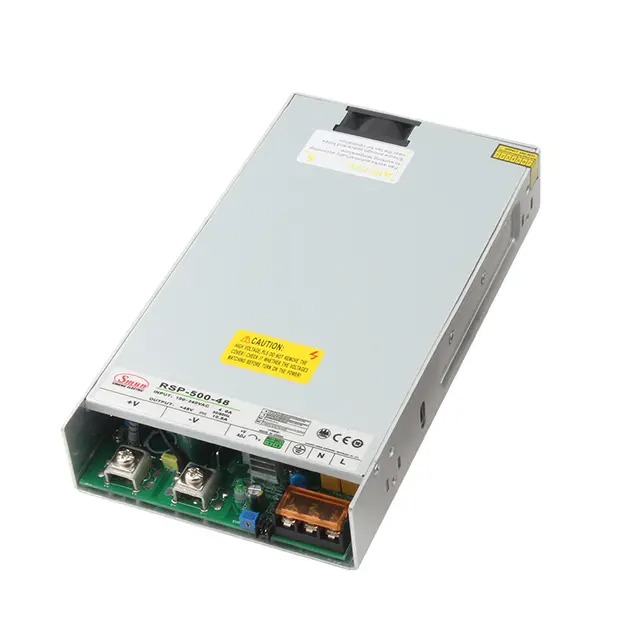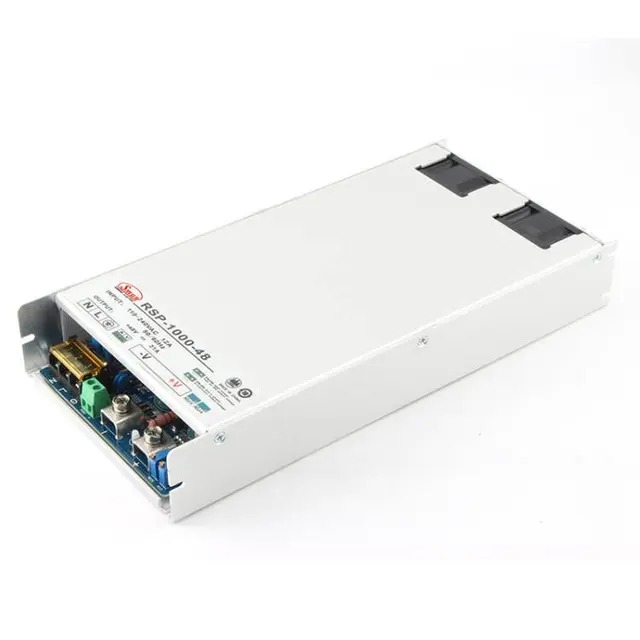
In the realm of modern electronics, power supplies play a critical role in ensuring the stable and efficient operation of devices. The debate between linear power supplies and switching power supplies is one that often surfaces among engineers, manufacturers, and procurement specialists. While both have their merits, one critical question persists: Which power supply is more reliable—linear or switching? In this article, we dive deep into the technical, operational, and practical aspects of both types to provide a comprehensive and informed answer.
What Is a Switching Power Supply?
A switching power supply—often abbreviated as SMPS (Switched Mode Power Supply)—is an electrical power converter that uses a high-frequency switching regulator to convert electrical energy efficiently. Unlike traditional linear regulators that dissipate excess voltage as heat, switching power supplies control the flow of energy using high-speed switching transistors.
Key Characteristics of Switching Power Supplies
High Efficiency: Typically over 85% due to minimal heat loss.
Compact Design: Smaller size and lighter weight due to high-frequency operation and smaller transformer size.
Wide Input Voltage Range: Can handle fluctuations and different AC voltages more flexibly.
Thermal Management: Less heat generation reduces the need for extensive heat sinking.
These features make switching power supplies ideal for a wide range of applications, including industrial automation, consumer electronics, and communication equipment.

What Is a Linear Power Supply?
A linear power supply is a traditional power conversion method that steps down the input voltage using a transformer and regulates it using linear regulators. It provides a very clean, low-noise output, which makes it suitable for sensitive analog devices such as audio equipment and laboratory instrumentation.
Key Characteristics of Linear Power Supplies
Low Output Noise and Ripple: Excellent for noise-sensitive environments.
Simplicity in Design: Fewer components and easier circuit design.
Slower Response Time: Less adaptive to load variations.
Bulky and Less Efficient: Efficiency ranges between 30–60%, with most excess energy dissipated as heat.
While linear power supplies provide a clean output, they are less efficient and larger in size compared to switching power supplies.
Comparing Reliability: Linear vs. Switching Power Supply
Reliability in power supplies is influenced by multiple factors—efficiency, thermal performance, durability under load, and environmental adaptability. The table below provides a direct comparison:
| Feature | Linear Power Supply | Switching Power Supply |
| Efficiency | 30%–60% | 85%–95% |
| Size and Weight | Large and heavy | Compact and lightweight |
| Heat Generation | High | Low |
| Output Noise | Very low | Moderate to high (filtered) |
| Component Stress | Low | Higher (due to switching) |
| Complexity | Simple | More complex circuitry |
| Durability in Harsh Conditions | Low | High |
| Adaptability to Load Variations | Poor | Excellent |
From the table, we observe that switching power supplies outperform linear models in most practical scenarios, especially where size, efficiency, and thermal reliability are concerns.
Real-World Applications: Where Reliability Counts
Industrial and Automation Environments
In industries where machinery operates 24/7, switching power supplies offer a more robust and sustainable solution. Their ability to function efficiently under high thermal and load stress makes them the preferred choice in manufacturing automation, robotics, and server equipment. Reliability here is defined not just by continuous operation but also by the power supply’s resilience to input voltage fluctuations and temperature variations.
Consumer Electronics
For compact electronic devices like routers, LED drivers, and chargers, switching power supplies dominate the market. Their reliability is showcased through consistent output voltage, minimal overheating, and a long service life. In contrast, linear power supplies would require larger enclosures and more heat dissipation, which is impractical for portable or embedded systems.
Laboratory Equipment and Audio Devices
This is where linear power supplies still hold a niche, thanks to their ultra-clean output. For applications where electrical noise can impact signal integrity—like high-fidelity audio systems or lab measurement tools—linear power supplies can offer better performance. However, these are specialized cases rather than the mainstream.

Common FAQ: Are Switching Power Supplies Noisy and Less Reliable?
One common concern with switching power supplies is the output noise and electromagnetic interference (EMI). Earlier designs indeed suffered from higher ripple voltage and EMI, which made them less suitable for precision applications.
However, modern switching power supplies—like those built with advanced filtering and shielding technologies—have significantly mitigated these issues. Properly designed switching supplies now include:
As a result, the reliability of switching power supplies has increased exponentially, making them competitive even in moderately noise-sensitive environments.
Cost vs. Long-Term Reliability: What Should You Choose?
Initial cost can sometimes be a misleading factor when choosing a power supply. Linear power supplies tend to be cheaper in basic configurations. However, the long-term reliability, energy savings, and thermal performance of switching power supplies often outweigh the upfront cost.
Cost Consideration Table:
| Factor | Linear Supply | Switching Supply |
| Initial Purchase Cost | Lower | Slightly higher |
| Energy Efficiency Savings | Low | High |
| Maintenance Cost | Higher (due to heat) | Lower (less heat damage) |
| System Design Flexibility | Limited | High |
For long-term use, especially in commercial or industrial settings, switching power supplies are generally the more economical and reliable choice.
Conclusion
After a detailed comparison, the verdict is clear: Switching power supplies offer superior reliability in most modern applications. Their high efficiency, compact form factor, reduced heat output, and long service life make them the preferred solution for everything from factory automation to telecommunications.
That said, linear power supplies are not obsolete. They remain highly reliable in environments where low noise is the top priority, such as in laboratory settings or audio engineering.
For those seeking a well-engineered switching power supply, make sure to select models with:
High conversion efficiency
Built-in safety features (like short-circuit protection and overload protection)
Certifications for quality and safety (such as CE or UL)
A wide input voltage range and stable output
In conclusion, switching power supplies have evolved into a mature, reliable technology that meets the demands of modern electronic systems more effectively than their linear counterparts.
























